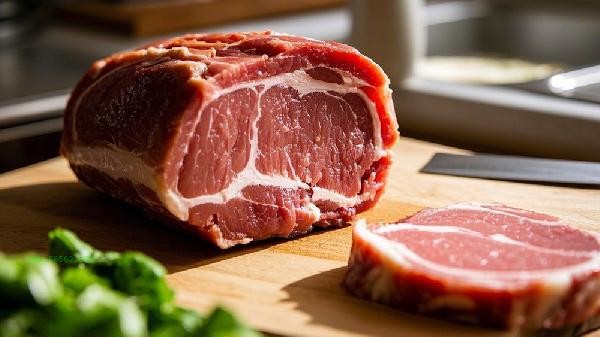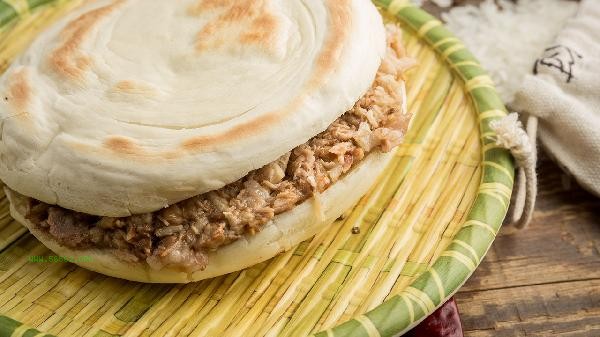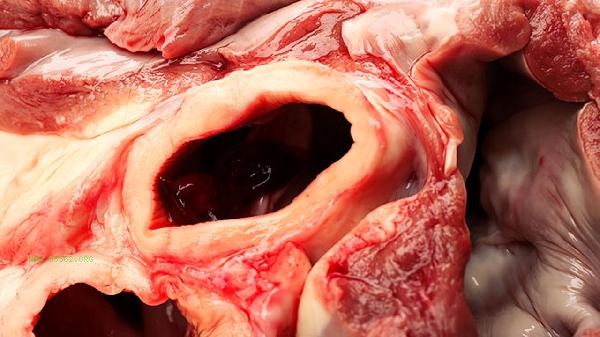The correct method for cleaning pork mainly includes five steps: rinsing with running water, soaking to remove blood, surface treatment, secondary cleaning after cutting, and tool disinfection.

1. Rinse with running water
Place the whole pork under flowing cold water for rinsing, and the water pressure should not be too high to avoid splashing and polluting the surrounding environment. Focus on washing the gaps between muscle textures, and gently stroke the surface with your fingers to help remove attached impurities. Be careful to avoid using hot water, as high temperatures may cause surface proteins to solidify and lock in dirt.
2. Soak the pork in water to remove blood
After washing, it should be soaked in light salt water or water with a small amount of baking soda for 10-15 minutes, and the water temperature should be kept at around 4 ℃ for optimal results. This process can cause residual blood in the muscle fibers to seep out, reducing the fishy smell. It is recommended to use a ratio of 1 liter of water to 5 grams of salt for every 500 grams of pork, and rinse again after soaking.
3. Surface Treatment
For pork with skin, the back of the knife can be lightly scraped to remove residual pores. If obvious blood vessels or lymph nodes are found, they should be removed. If there is suspicious mucus on the surface, it can be lightly wiped with lemon juice or white vinegar and rinsed. Acidic substances can decompose some organic residues.

4. Secondary cleaning after slitting
After the preliminary processing of pork is cut into the desired shape, it should be quickly washed again with a filter. At this point, the muscle cross-section is exposed, and there may be residual bone fragments or debris. A brief rinse can remove new pollutants introduced during the cutting process.
5. Tool disinfection
All knives and cutting boards that come into contact with raw meat must be immediately sprayed with 75% alcohol or hot washed with boiling water. Wooden cutting boards should be rubbed with coarse salt particles to create gaps, and stainless steel utensils can be treated with ultraviolet disinfection cabinets. During the processing, avoid touching other kitchen utensils with your hands to prevent cross contamination.

It is recommended to prepare specialized raw food processing tools and strictly distinguish between raw and cooked kitchen utensils when handling pork in daily life. If cooking is not done immediately within two hours after purchase, the surface moisture should be wiped dry and vacuum sealed for refrigeration. Frozen pork should be slowly thawed in the refrigerator to avoid bacterial growth during room temperature thawing. Before cooking, briefly soak in scallion and ginger water to remove fishy odors, ensuring that the center temperature reaches 71 ℃ or above for 2 minutes before complete sterilization.








Comments (0)
Leave a Comment
No comments yet
Be the first to share your thoughts!